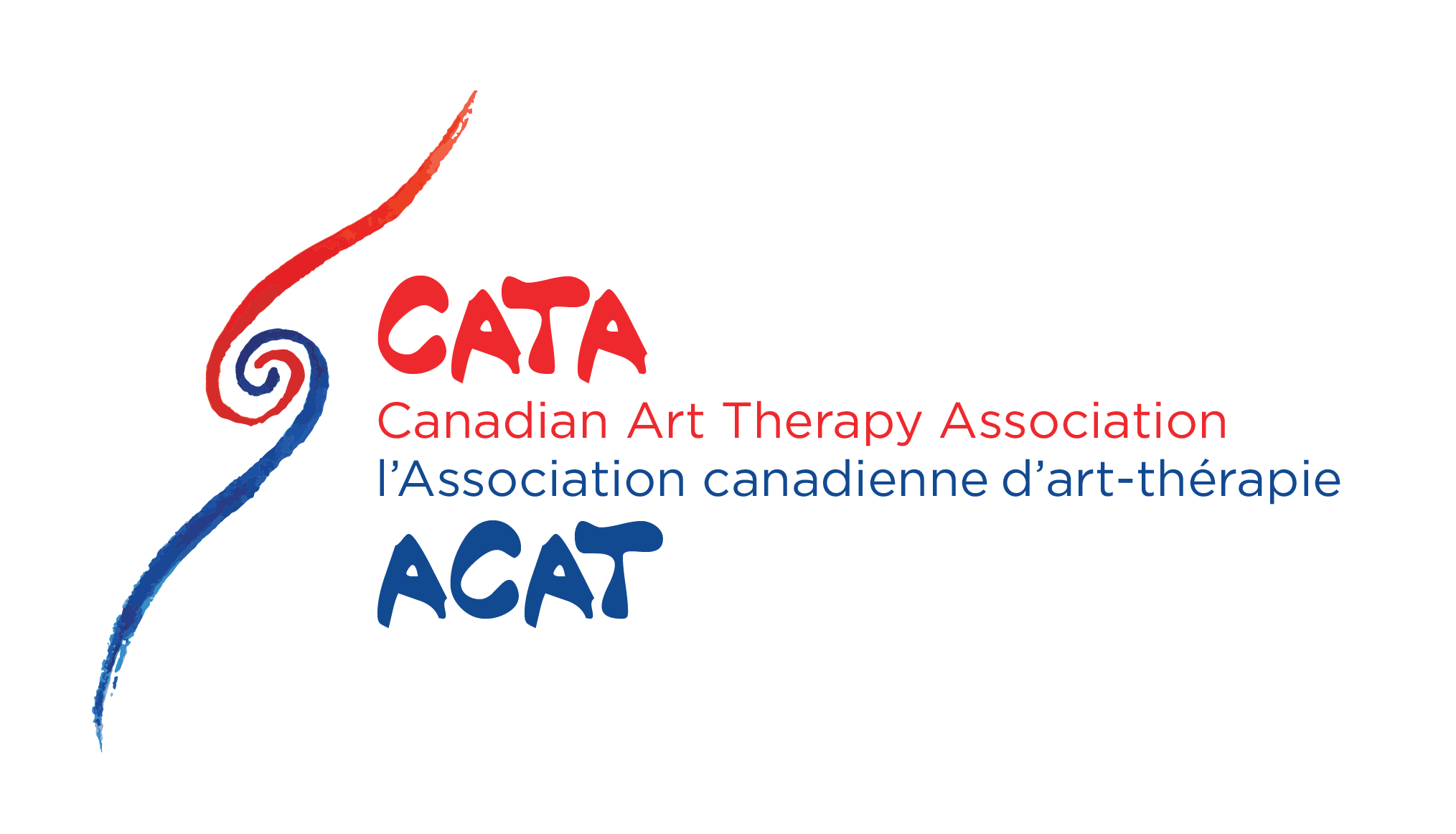Art Gallery
Making Space
Thirty years old and I’ve started to breathe a bit deeper, exhaling longer in spaces I inhabit. My nervous system is more often regulated than dysregulated. My queer body is now a symbol of resistance and resilience rather than a bottomless well of shame and guilt.
Growing up, I started realizing society’s harmful messages towards my identity and my sense of safety was stripped away. The repetitive, external moments of danger were exhaustive to constantly navigate but what was even more detrimental, and damaging was when my internal messaging changed. At a certain point I didn’t need society to tell me my body shouldn’t exist; I became caged by, and wrist bound to brainwashed thoughts. There was no escape, no relief and hope wasn’t holding my hand anymore.
At thirty years old, I’m dismantling these negative messages I was taught, heard, and internalized. Now I intentionally make space to be heard and seen. I’m letting go of past expectations, ways of being and following what makes me feel authentic. My visibility and voice are no longer hiding and quiet.
My art therapy practice is focused on empowerment and intention to create space for folks to find home within their bodies. I aim to support folks in returning home again and feel the safety that once was. To find that inner, queer child and explore what it means to play, to be seen and to be authentic. Together, let’s create a multiplicity of affirming roadmaps to uncharted destinations for the next generation.
Dillon Lewchuk (MA, BA, B.Ed ; RCAT, R.C.C., C.C.C.)
Victoria, BC
Dillon (he/him) is a queer, (dis)abled art therapist (RCAT) and counsellor (R.C.C., C.C.C.) currently living and working on the unceded traditional lands of the Lekwungen and W̱SÁNEĆ peoples of Vancouver Island. Presently, he is working at a private inpatient facility specializing in treating trauma, PTSD & addiction in adults, first responders, RCMP and military veterans. As well, Dillon is an instructor at the WHEAT Institute teaching “Art Therapy With the 2SLGBTQIA+ Community.”
Recovery
We are awakening from a long COVID sleep.
Parts of us are ready to engage and be touched.
Other parts are feeling vulnerable and sensitive to the light.
Sherry Lynn
Grimsby, ON
Sherry Lynn is a Registered Psychotherapist, Registered Nurse, and Artist living and working in Grimsby, Ontario.
Ostranenie - A new way of seeing and knowing
As a practicing art therapist, the artist and the art-making process is fundamental to my personal growth and identity. As an art therapy practitioner, art often appears in multiple ways during the therapeutic process. I engage in art along-side the client in some sessions where clients request me to make art with them. Post-session reflections almost always include a quick sketch or an abstract exploration of themes that come up during the session.
Art plays a crucial role in allowing me to understand the many dynamics between the client and their personal expression (the art), the client and the therapist (myself), their personal expression (the art) and it’s impact on the therapist. All of these dynamics are then explored during a post-session reflective artwork. This process allows me to understand non-verbal information.
On a personal note, as an artist, it allows me to explore common experiences or items as unfamiliar, new, wild and different. Art allows me to re-imagine, rethink and reinvent known concepts in order to get a deeper understanding or see it from new perspectives. Art allows us to see, process, learn and understand differently. For example, the word love could mean so many things to so many people. It could yield emotions of happiness, grief, anger, or even peace. Beyond emotions, it generates thoughts, body movements, life for some, death for others. Art, like love, is processed differently by everyone.
I often hear people say “I am not good at art, so I don’t engage in art.” It is such a shame that people often practice to produce an aesthetic product, often seeking validation for this process. Art-making has multiple purposes, even cavemen made art. Engaging in art-making is liberating, if you allow it to be. Worry not of the outcome and wholeheartedly engage in the process. As an art-therapist, artist, human being, I can say art inspires me, makes me wonder, moves me, and grounds me. Allow yourself to engage in art, judgement-free.
Sarvatmika Rajeev (MA)
Chennai, India
Sarvatmika Rajeev is an art psychotherapist, who has completed her Master’s in Art Therapy from LASALLE College of the Arts, Singapore. She currently engages in clinical work with organizations across India, Singapore, and Australia to deliver art therapy sessions to a wide demographic. Based out of Chennai, she offers virtual sessions for clients from different geographical locations. Sarvatmika's clinical experience includes working with children on the autism-spectrum and adolescents with backgrounds of physical and sexual abuse, anger management, long-term illnesses and traumatic medical conditions. She has also worked with adults struggling with addiction, depression, PTSD and adverse childhood experiences.






